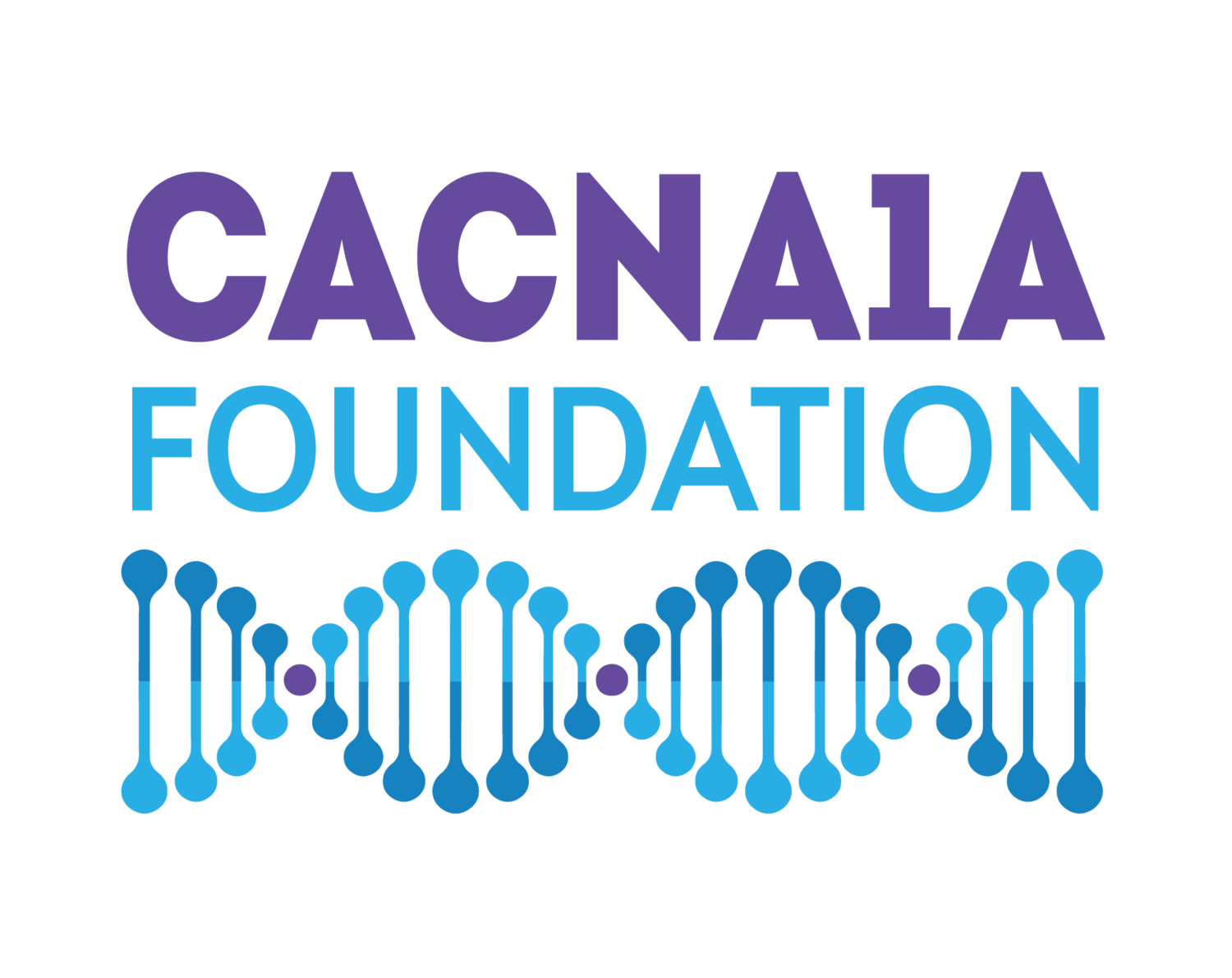Addilynn’s Story
Our family consists of Mom (Toby), Dad (Shawn), the “bigs” Taylar and Tyson, and the “little” Addilynn! Addilynn is 5-years-old and her “bigs” are 21 and 19 years old.
Variant: De Novo
Pathological c.4304T>C (L1345P)
History
The entire pregnancy and delivery with Addilynn were normal. She was an easy to please baby with a sweet smile for anyone. Now at the age of five, she is still very sweet, with a little bit of spice, to keep things interesting. Developmentally she was on track until approximately six months of age, when we noticed that she was a bit behind. Our family continued to monitor this and began Early Intervention Services at nine months with physical and occupational therapy, and speech-language pathology at 11 months. We also began what we call “Round 1” of trying to determine the cause of her delays. After numerous labs, a brain MRI, and a microarray test, all results were normal. We were advised that the cause of her delays was most likely a “rare gene mutation that hasn’t been discovered yet”, that we should continue with supportive treatments for her symptoms, and consider re-testing in 5-10 years. So that is what we did!
At some point, while learning to cope with the change and grief associated with having a child with a rare/undiagnosed condition, Addilynn’s aunt gave us a small bumblebee charm with a poem. The content of the poem has stuck with us. The poem said that a bumblebee technically isn’t supposed to be able to fly due to the size of its body in relation to its wings…but it flies anyway. Addilynn is our sweet bumblebee. She knows her strength and flies anyway!
In 2017, we began “Round 2” of testing with an out of state genetic neurologist. Addilynn once again provided many lab samples and had another brain MRI, of which all results were still normal. We then embarked down the road of genetic testing, which was completed in November 2017.
Addilynn went into status epilepticus in January 2018, seemingly out of the blue. She experienced three days of uncontrolled seizures and received a traumatic brain injury as a result. After this event, she required six weeks of inpatient rehabilitation. Two years later, she continues to work to regain the skills lost. Her recovery has been mixed with acquiring new skills, as well. While hospitalized in the PICU, we received the genetic diagnosis that she has a CACNA1A mutation in which she is the only one in the world with her variant and that it is de novo. We were provided with some symptom information and began the next part of our journey with a lot of new diagnoses to learn about. Learning the cause of Addilynn’s delays was a bit underwhelming, since along with it, we were told she has a very difficult to treat form of epilepsy and that treatments are supportive, based on symptoms. Things that we have added to her care since learning of her CACNA1A variant include seizure medications and the ketogenic diet. She also experienced a neurologic event in February 2020 and had a g-tube placed due to a temporary loss of the ability to swallow. Addilynn has nystagmus and we believe she also experiences migraines, at times.
Addilynn has delays in all areas of her development. She uses an adaptive stroller or wheelchair for mobility. She continues to work on standing with a stander and gait trainer. She communicates with very distinct body language, vocalizations, and uses an AAC device. We often say she does not need words to be sassy! She is full of spunk and fun!! Her smile lights up her whole face … and her scowl lets you know exactly what she thinks about things she doesn’t like!
Addilynn is full of fight and resilience. Even though things are difficult for her, she keeps trying and working. She has a special love for Mickey and Minnie Mouse, music, swinging, and going fast in pretty much anything! She is very affectionate and loves with her whole heart.
Diagnoses
Lennox-Gastaut Syndrome with medically intractable epilepsy
History of status epilepticus
Traumatic brain injury due to status epilepticus in parietal and temporal lobe in L hemisphere with resulting cortical vision impairment and lack of return to baseline
Global Developmental Delay
Static Encephalopathy
G-tube placement
Education
Addilynn graduated from Early Intervention and began a special education preschool program when she was three. We have since transitioned to an individualized homeschool program due to her medical fragility in collaboration with her therapists and vision team. She continues to receive outpatient therapy weekly. She has home programming from each therapy to help with milestone progression.
For Those Newly Diagnosed
The advice we have for newly diagnosed families is to find your tribe. Since this is a rare genetic diagnosis, the tribe of CACNA1A families is small right now, but mighty nonetheless. We have also found that expanding our tribe to both parents of kids with other diagnoses, as well as those friends and family who care about your child with as much passion as you do, are so important to stay positive and feel supported. Because Addilynn is our sweet bumblebee, we affectionately call our tribe “Addilynn’s Bee-lievers.”
I also would encourage parents to focus on “inchstones.” For our kids, milestones are the result of a lot of hard work, tears, and many many inchstones. Those inchstones should be celebrated every step of the way. It is difficult to change your mindset from milestones to inchstones, but once you do…there are so many celebrations along the way….and the tribe I mentioned above? They will celebrate alongside you and sometimes, point out inchstones you may have missed if you are caught up in the day to day complexities of having a child with a rare diagnosis.

